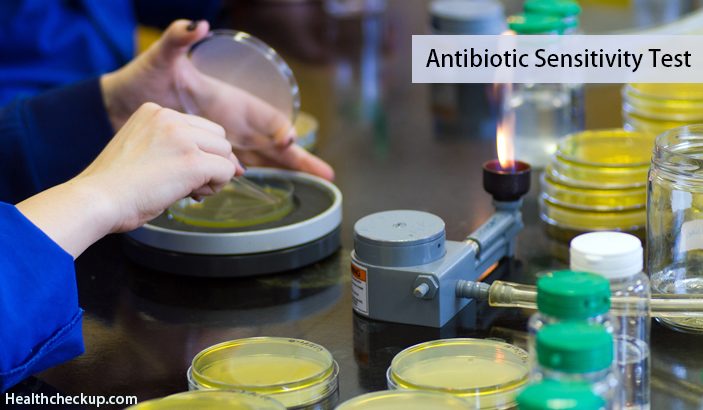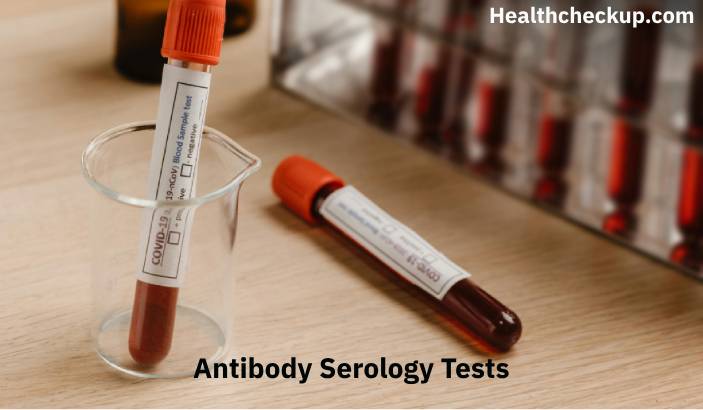,Does your doctor want you to undergo antibiotic sensitivity testing? You might wonder what is an antibiotic sensitivity test and why is it important to conduct antibiotic sensitivity tests. An antibiotic sensitivity test is also known as an Antibiotic Susceptibility Test. It is conducted to find out the most effective antibiotic to combat certain bacteria in the human body.
The genetic material in different bacteria varies. Some are more resistant to certain antibodies. Some fungi or bacteria become resistant to certain drugs if a dose is not completed. If the bacteria are resistant to antibiotics taken by a patient, it’s known as Intrinsic Resistance. The fungi or bacteria can mutate and develop resistance to an antibiotic that previously tackled it. This condition is called Acquired Resistance. The bacteria are got from a wound, urine or blood culture if it is found to be having more pathogens than one.
Why is It Important to Conduct Antibiotic Sensitivity Tests?
Due to the fact that some bacteria or fungi mutate, there is a high possibility of acquired resistance. This makes treatment of certain infections difficult. In some cases, bacteria may resist several different antibiotics at the same time. If this happens, it could be very dangerous. To find out which prescription will perfectly tackle which bacteria an antibiotic sensitivity/ susceptibility test is carried out.
Antibiotic Sensitivity Test Procedure
The antibiotic sensitivity test protocol varies in different procedures. They are
- Quantitative Test
- Qualitative Test
- Automated Sensitivity Tests
- Molecular Test
- Modern Non-Automated Test
Quantitative Tests
These tests are carried out with the aim of finding out the minimum inhibitory concentration. The Minimum Inhibitory Concentration (MIC) is the highest dilute form of an antibiotic that hinders the growth of bacteria or fungi. These tests can be carried out through dilution of broth or agar. Antibiotics are diluted and exposed to bacteria. The most dilute solution that effectively combats the bacteria is considered to be the MCI. They include
- Dilution Tests
- Diffusion Tests
Dilution Tests
Broth dilution tests are further subdivided into two categories. There are Macro Broth and Micro Broth dilution testing. In macro broth dilution testing, incorporates the use of broth volumes of up to 1 ml. The broth is mixed in a standard test tube. Despite providing accurate results is time consuming and requires a lot of space and equipment.
Micro Broth dilution tests use broth levels between 0.05-0.1. It is done on a big tray that contains multiple smaller wells. The minimization of the sample wells make it faster and much more effective for carrying out a wide variety of tests on the bacteria isolate. Both methods have tests which vary in two folds or even numbers.
The Agar dilution procedure is quite similar to the broth dilution methods. The concentration of the antibiotic is diluted. The highest form of dilution that correctly inhibits the further growth of the bacteria is considered to be the MCI.
Disk Diffusion Test
Antibiotic sensitivity discs are used in this method. These paper discs are laced with documented amounts of various antibiotics. These discs are placed in a Petri dish that is bacteria infested. The bacteria isolate is grown mainly on the Mueller Hinton Agar. It fills up the dish when incubated at 37 degrees which is standard body temperature. After incubation overnight, the discs are observed. If a particular disc has the right concentration of antibiotic that hinders the growth of bacteria, there will be an inhibition zone. This is the area around the disc where the growth of the bacteria is hindered by the antibiotic.
Qualitative Tests
Qualitative tests are carried out to check for three outcomes. The results can be resistant, intermediate or susceptible.
Automated Sensitivity Tests
These tests incorporate the use of modern medical technology. With the leaps and bounds achieved over the years in medical study, antibiotic sensitivity testing has been digitized. These instruments used are capable of very accurate results within a very short time. They can handle multiple tests easily and efficiently. Different hi tech medical companies have a variety of these gadgets on the market.
Modern Non-Automated Systems
These are modern methods of testing antibiotic sensitivity that does not incorporate computerized technology. They provide MCI readings that are more or less the same as broth dilution methods and are readily available in the retail market. The most common and readily available method of modern non-automated antibiotic susceptibility test is the Epsilometer Test (E-test). This is a plastic strip laced with an antibiotic that gradually decreasing. The different levels are marked with numerical calibrations on one side. They are usually handy for urine antibiotic sensitivity test.
Molecular Testing
This method involves the study of the genes to check for what is causing resistance to antibiotics. They include
- DNA hybridization
- PCR (Polymerase Chain Reaction)
Antibiotic Sensitivity Test Results
After conducting an antibiotic sensitivity test, a number of results can be achieved. These results include both a qualitative result and a quantitative one and basically, indicate the MCI. They may be
- Resistant
- Intermediate
- Susceptible
Antibiotic Sensitivity Test Results Interpretation
After you get your antibiotic test sensitivity report, it is advisable to let your medical caregiver interpret it.
- A resistant reading means that the antibiotic is not suitable for inhibiting the growth of the specific bacteria
- Intermediate means it may be effective if administered in higher and longer doses
- When the reading is susceptible, it means that the amount of antibiotic is a suitable inhibitor and therefore likely to be prescribed
Medically Reviewed By

Professionally, a trained Microbiologist and Plant operator, Eustace is an experienced health content writer who is passionate about helping people lead a healthy life.








